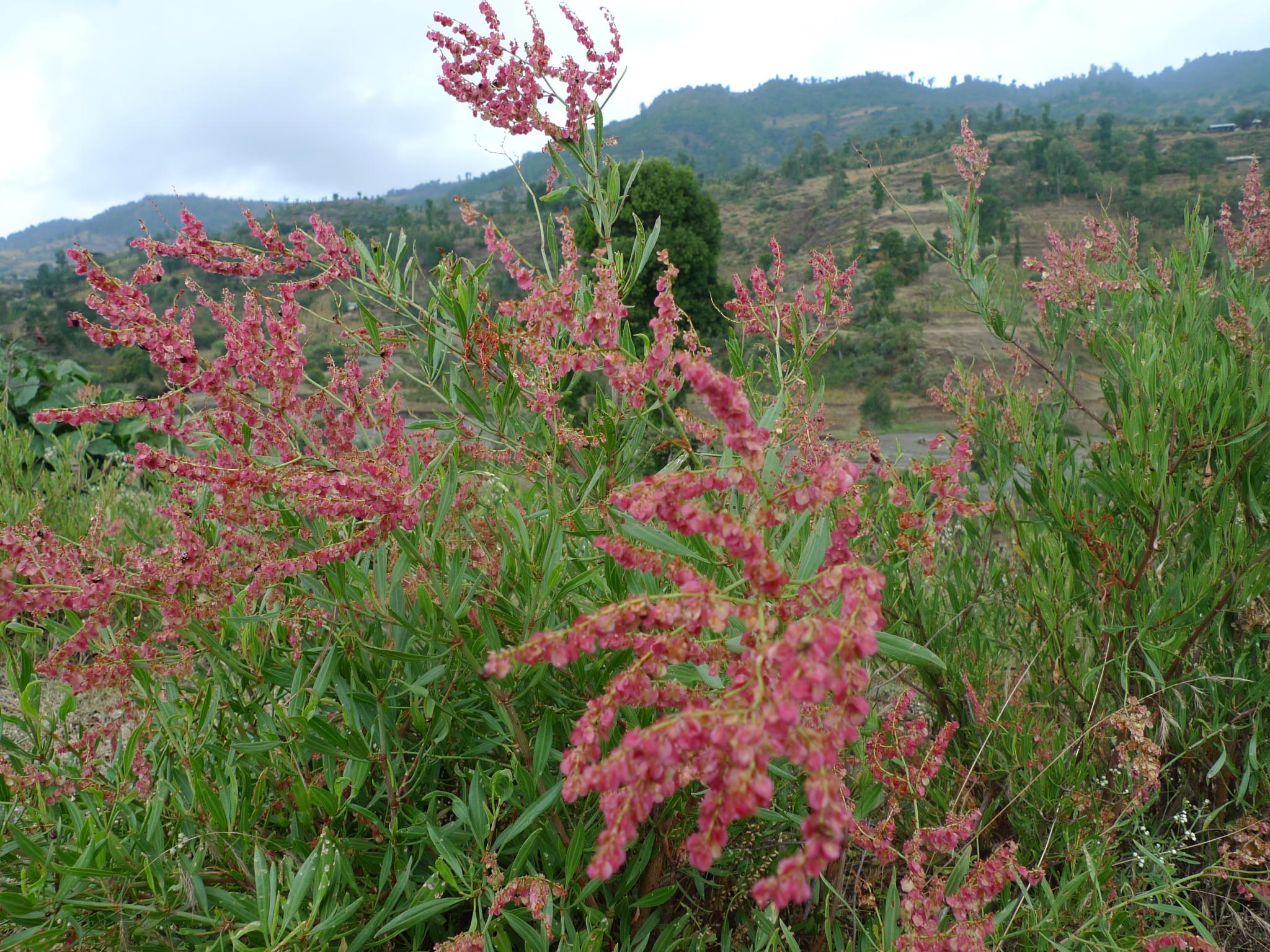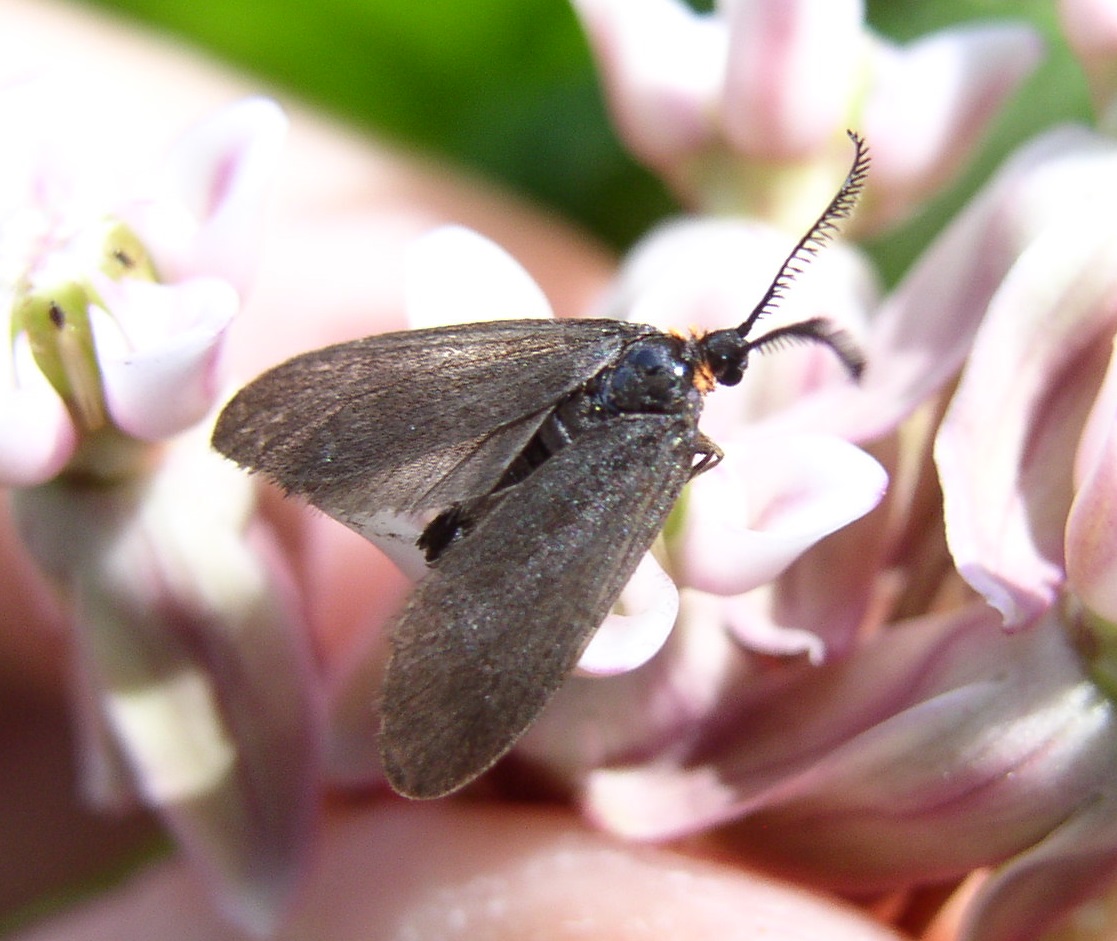|
Adscita Alpina
''Adscita alpina'' is a moth of the family Zygaenidae. It is found in Central Europe. The wingspan is 20–30 mm. Adults are on wing from July to the beginning of September. The larvae feed on ''Rumex'' species, including ''Rumex scutatus ''Rumex scutatus'' (syn. ''Rumex alpestris'') is a plant in the buckwheat family, used as a culinary herb. Its common names include French sorrel, buckler sorrel, shield-leaf sorrel, and sometimes the culinary name "green-sauce". As a culinary ...''. Young larvae overwinter. Full-grown larvae can be found from May to the end June. References Procridinae Moths described in 1937 Moths of Europe {{Zygaenidae-stub ... [...More Info...] [...Related Items...] OR: [Wikipedia] [Google] [Baidu] |
Moth
Moths are a paraphyletic group of insects that includes all members of the order Lepidoptera that are not butterflies, with moths making up the vast majority of the order. There are thought to be approximately 160,000 species of moth, many of which have yet to be described. Most species of moth are nocturnal, but there are also crepuscular and diurnal species. Differences between butterflies and moths While the butterflies form a monophyletic group, the moths, comprising the rest of the Lepidoptera, do not. Many attempts have been made to group the superfamilies of the Lepidoptera into natural groups, most of which fail because one of the two groups is not monophyletic: Microlepidoptera and Macrolepidoptera, Heterocera and Rhopalocera, Jugatae and Frenatae, Monotrysia and Ditrysia.Scoble, MJ 1995. The Lepidoptera: Form, function and diversity. Oxford, UK: Oxford University Press; 404 p. Although the rules for distinguishing moths from butterflies are not well est ... [...More Info...] [...Related Items...] OR: [Wikipedia] [Google] [Baidu] |
Family (biology)
Family ( la, familia, plural ') is one of the eight major hierarchical taxonomic ranks in Linnaean taxonomy. It is classified between order and genus. A family may be divided into subfamilies, which are intermediate ranks between the ranks of family and genus. The official family names are Latin in origin; however, popular names are often used: for example, walnut trees and hickory trees belong to the family Juglandaceae, but that family is commonly referred to as the "walnut family". What belongs to a family—or if a described family should be recognized at all—are proposed and determined by practicing taxonomists. There are no hard rules for describing or recognizing a family, but in plants, they can be characterized on the basis of both vegetative and reproductive features of plant species. Taxonomists often take different positions about descriptions, and there may be no broad consensus across the scientific community for some time. The publishing of new data and opi ... [...More Info...] [...Related Items...] OR: [Wikipedia] [Google] [Baidu] |
Zygaenidae
The Zygaenidae moths are a family of Lepidoptera. The majority of zygaenids are tropical, but they are nevertheless quite well represented in temperate regions. Some of the 1000 or so species are commonly known as burnet or forester moths, often qualified by the number of spots, although other families also have 'foresters'. They are also sometimes called smoky moths. All 43 species of Australian zygaenids are commonly known as foresters and belong to the tribe Artonini. The only nonendemic species in Australia is ''Palmartona catoxantha'', a Southeast Asian pest species which is believed to be already present in Australia or likely to arrive soon.Tarmann, G.M. "Zygaenid moths of Australia. A revision of the Australian Zygaenidae". Description Larvae Larvae are stout and may be flattened. A fleshy extension of the thorax covers the head. Most feed on herbaceous plants, but some are tree feeders. Larvae in two subfamilies, Chalcosiinae and Zygaeninae, have cavities in whic ... [...More Info...] [...Related Items...] OR: [Wikipedia] [Google] [Baidu] |
Central Europe
Central Europe is an area of Europe between Western Europe and Eastern Europe, based on a common historical, social and cultural identity. The Thirty Years' War (1618–1648) between Catholicism and Protestantism significantly shaped the area's history. The concept of "Central Europe" appeared in the 19th century. Central Europe comprised most of the territories of the Holy Roman Empire and those of the two neighboring kingdoms of Poland and Hungary. Hungary and parts of Poland were later part of the Habsburg monarchy, which also significantly shaped the history of Central Europe. Unlike their Western European (Portugal, Spain et al.) and Eastern European (Russia) counterparts, the Central European nations never had any notable colonies (either overseas or adjacent) due to their inland location and other factors. It has often been argued that one of the contributing causes of both World War I and World War II was Germany's lack of original overseas colonies. After ... [...More Info...] [...Related Items...] OR: [Wikipedia] [Google] [Baidu] |
Wingspan
The wingspan (or just span) of a bird or an airplane is the distance from one wingtip to the other wingtip. For example, the Boeing 777–200 has a wingspan of , and a wandering albatross (''Diomedea exulans'') caught in 1965 had a wingspan of , the official record for a living bird. The term wingspan, more technically extent, is also used for other winged animals such as pterosaurs, bats, insects, etc., and other aircraft such as ornithopters. In humans, the term wingspan also refers to the arm span, which is distance between the length from one end of an individual's arms (measured at the fingertips) to the other when raised parallel to the ground at shoulder height at a 90º angle. Former professional basketball player Manute Bol stood at and owned one of the largest wingspans at . Wingspan of aircraft The wingspan of an aircraft is always measured in a straight line, from wingtip to wingtip, independently of wing shape or sweep. Implications for aircraft design an ... [...More Info...] [...Related Items...] OR: [Wikipedia] [Google] [Baidu] |
Rumex
The docks and sorrels, genus ''Rumex'', are a genus of about 200 species of annual, biennial, and perennial herbs in the buckwheat family, Polygonaceae. Members of this genus are very common perennial herbs with a native almost worldwide distribution, and introduced species growing in the few places where the genus is not native. Some are nuisance weeds (and are sometimes called dockweed or dock weed), but some are grown for their edible leaves. ''Rumex'' species are used as food plants by the larvae of a number of Lepidoptera species, and are the only host plants of '' Lycaena rubidus.'' Description They are erect plants, usually with long taproots. The fleshy to leathery leaves form a basal rosette at the root. The basal leaves may be different from those near the inflorescence. They may or may not have stipules. Minor leaf veins occur. The leaf blade margins are entire or crenate. The usually inconspicuous flowers are carried above the leaves in clusters. The fertile f ... [...More Info...] [...Related Items...] OR: [Wikipedia] [Google] [Baidu] |
Rumex Scutatus
''Rumex scutatus'' (syn. ''Rumex alpestris'') is a plant in the buckwheat family, used as a culinary herb. Its common names include French sorrel, buckler sorrel, shield-leaf sorrel, and sometimes the culinary name "green-sauce". As a culinary herb, it is used in salads, soups, and sauces (especially for fish). French sorrel tastes tart from its oxalic acid content, with a hint of lemon. Later in the season, it can be bitter. French sorrel is hardy in most regions, tolerating frost, full sun and short dry spells. It grows quickly to a clump up to in diameter, with long leaves up to wide. It is sometimes preferred for culinary uses to ''Rumex acetosa Sorrel (''Rumex acetosa''), also called common sorrel or garden sorrel, is a perennial herbaceous plant in the family Polygonaceae. Other names for sorrel include spinach dock and narrow-leaved dock ('dock' being a common name for the genus '' ...'', garden sorrel. References External links * scutatus Herbs Flora of ... [...More Info...] [...Related Items...] OR: [Wikipedia] [Google] [Baidu] |
Procridinae
Procridinae is a subfamily of the family Zygaenidae. Selected genera * '' Aethioprocris'' Alberti, 1954 * '' Alteramenelikia'' Alberti, 1971 * ''Acoloithus'' Clemens, 1860 * ''Adscita'' Retzius, 1783 * '' Ankasocris'' Viette, 1965 * '' Artona'' Walker, 1854 * '' Astyloneura'' Gaede, 1914 * '' Australartona'' Tarmann, 2005 * '' Chalconycles'' Jordan, 1907 * '' Clelea'' Walker, 1854 * ''Euclimaciopsis'' Tremewan, 1973 * '' Gonioprocris'' Jordan, 1913 * ''Harrisina'' Packard, 1864 * ''Hestiochora'' Meyrick, 1886 * ''Homophylotis'' Turner, 1904 * '' Ischnusia'' Jordan, 1928 * ''Janseola'' Hopp, 1923 * '' Jordanita'' Verity, 1946 * '' Madaprocris'' Viette, 1978 * '' Malamblia'' Jordan, 1907 * '' Metanycles'' Butler, 1876 * ''Myrtartona'' Tarmann, 2005 * '' Neobalataea'' Alberti, 1954 * ''Neoprocris'' Jordan, 1915 * ''Palmartona'' Tarmann, 2005 * ''Pollanisus'' Walker, 1854 * ''Pyromorpha'' Herrich-Schäffer, 854/small> * ''Pseudoamuria'' Tarmann, 2005 * ''Pseudoprocris'' Druce ... [...More Info...] [...Related Items...] OR: [Wikipedia] [Google] [Baidu] |
Moths Described In 1937
Moths are a paraphyletic group of insects that includes all members of the order Lepidoptera that are not butterflies, with moths making up the vast majority of the order. There are thought to be approximately 160,000 species of moth, many of which have yet to be described. Most species of moth are nocturnal, but there are also crepuscular and diurnal species. Differences between butterflies and moths While the butterflies form a monophyletic group, the moths, comprising the rest of the Lepidoptera, do not. Many attempts have been made to group the superfamilies of the Lepidoptera into natural groups, most of which fail because one of the two groups is not monophyletic: Microlepidoptera and Macrolepidoptera, Heterocera and Rhopalocera, Jugatae and Frenatae, Monotrysia and Ditrysia.Scoble, MJ 1995. The Lepidoptera: Form, function and diversity. Oxford, UK: Oxford University Press; 404 p. Although the rules for distinguishing moths from butterflies are not well establish ... [...More Info...] [...Related Items...] OR: [Wikipedia] [Google] [Baidu] |




